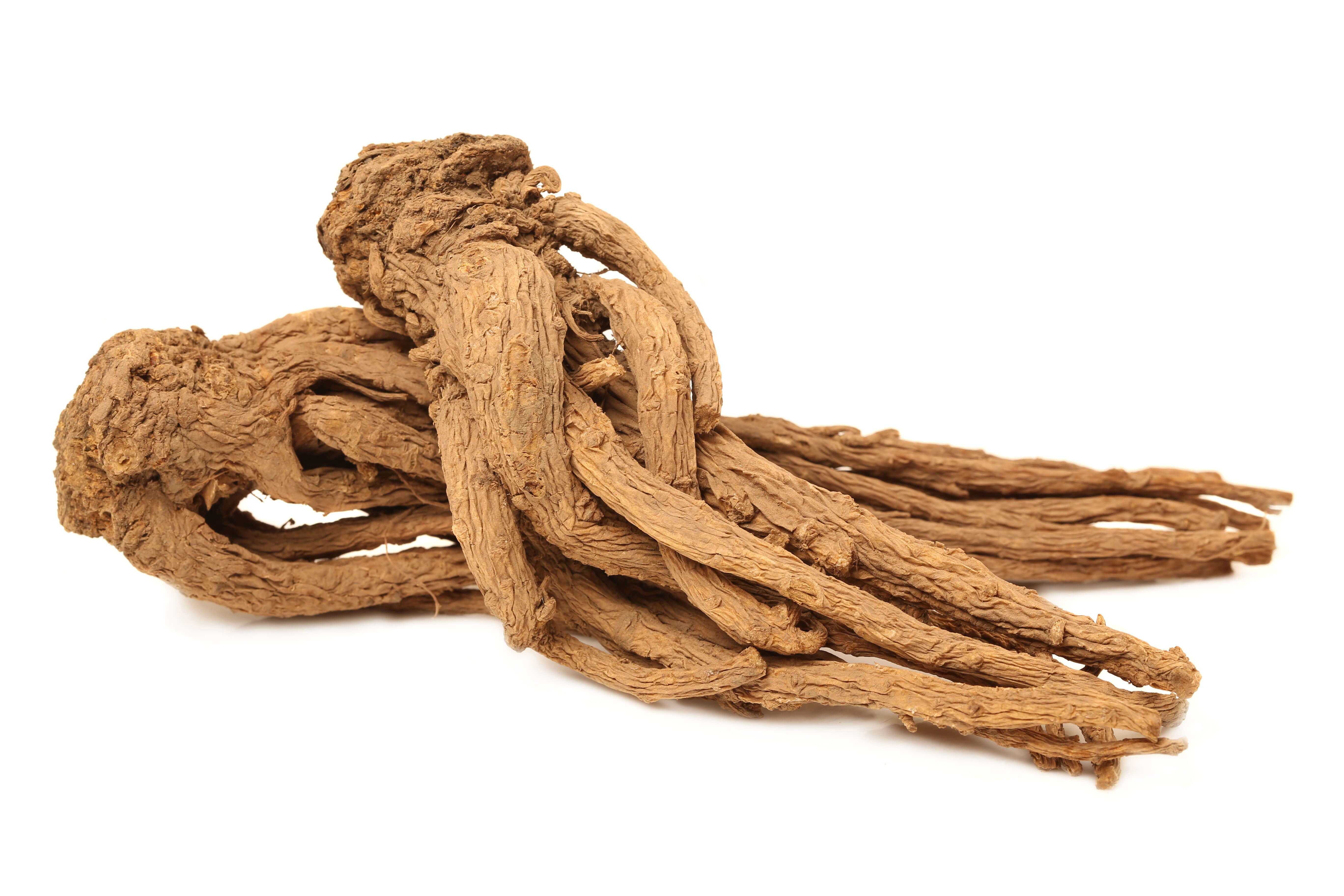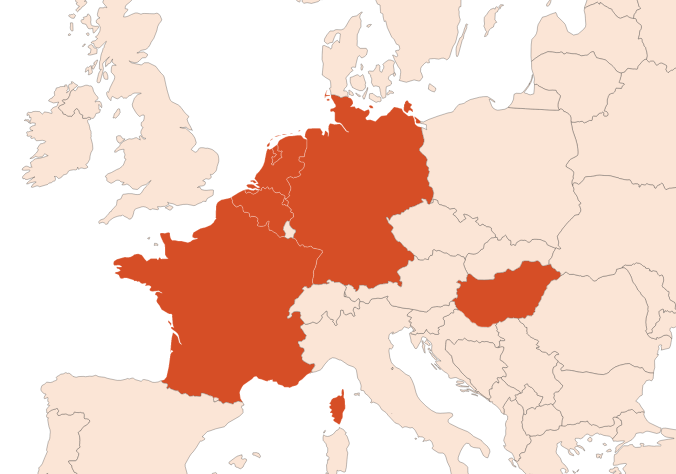Angelica Root EO
Naturelle
Green > Crisp Green > Coniferous > Earthy > Anisic

Crédits photo: ScenTree SAS
Latin name :
Angelica archangelica
Botanical profile :
Angelica is a herbaceous plant of the family Apiaceae and the genus Angelica.
Geographic origin :
Cultivated in majority in France, the Netherlands, Germany, Hungary and in Belgium (Northern Europe)
Chemotypes :
There are several varieties of Angelica:
Angelica Archangelica, mainly from Northern Europe.
Angelica Sylvestris, wild variety of Central and Northern Europe.
Angelica Glauca, a variety from the western Himalayas, with a close smell of celery.
Angelica Tschimganica, native to Central Asia.
Angelica Archangelica, mainly from Northern Europe.
Angelica Sylvestris, wild variety of Central and Northern Europe.
Angelica Glauca, a variety from the western Himalayas, with a close smell of celery.
Angelica Tschimganica, native to Central Asia.
Extraction process :
It is possible to extract an essential oil from all parts of the plant (fruits, leaves, stems, roots). In July, flowers appear at the top of the stems, as well as long and flattened fruits, allowing to collect the seeds.
The resulting essential oil is extracted after at least 2 years of growth and is more expensive than the essential oil collected using the roots. Roots are collected, milled and dried at room temperature to maintain the quality of the EO. Oven drying is not recommended. Then, the steam distillation takes place with an optimal distillation ratio of 1 volume roots for 4 volumes water. The essential oil is collected at the end of the process by decantation in a florentine vase.
The resulting essential oil is extracted after at least 2 years of growth and is more expensive than the essential oil collected using the roots. Roots are collected, milled and dried at room temperature to maintain the quality of the EO. Oven drying is not recommended. Then, the steam distillation takes place with an optimal distillation ratio of 1 volume roots for 4 volumes water. The essential oil is collected at the end of the process by decantation in a florentine vase.
Major Components :
Alpha-Pinene (25-30%)
Delta-3-Carene (15-20%)
D-Limonene (10-15%)
Para-Cymene (≈6%)
Myrcene (≈5%)
Coumarin (≈2%)
Can contain beta-Phellandrene according to the varieties (30% min.)
Delta-3-Carene (15-20%)
D-Limonene (10-15%)
Para-Cymene (≈6%)
Myrcene (≈5%)
Coumarin (≈2%)
Can contain beta-Phellandrene according to the varieties (30% min.)
- Uses in perfumery :
- Used in fine fragrance for floral notes such as rose, carnation or chypre accords
- Other comments :
- The essential oil naturally contains several musks, including Exaltolide® and Muscolide®, an oxidation product of Muscone®.
Potential adulteration: addition of Angelica Stem EO in order to increase production volumes. More rarely, it is possible to find Elemi EO because it readjusts the optical rotation of the EO. The EO smell is very different depending on the part of the plant that is used to obtain it.
The name ''Angelica '' comes from Latin ''Angelus '' which means ''Angel ''. - Volatility :
- Heart
- Appearance :
- Pale yellow to brown liquid
- Stability :
- Solubility issues in perfumes
The terpenes identified in this raw material can polymerize when they are oxidized - Price Range :
- €€€€€
- Aromatherapy :
Informations provided below are taken from reference works in aromatherapy. They are given for information purposes only and can not constitute medical information, nor engage the responsibility of ScenTree.
The Angelica root is renowned for its sedative (against anxiety) and anticoagulant virtues. Its use is recommended in cases of spasmodic enterocolitis (inflammation of the stomach and intestine mucosa), anxiety, insomnia or nervous fatigue.

Crédits photo: ScenTree SAS
- EINECS number :
- 84775-71-7
- FEMA number :
- 2088
- Allergens :
- D-Limonene - Linalool
- IFRA :
- This ingredient is restricted by IFRA
- Restriction type :
- RESTRICTION
- Cause of restriction :
- PHOTOTOXICITY
- Amendment :
- 49
- Comments :
- The Standard is set due to the phototoxic effects of Angelica root oil. For more detailed information on the application of this Standard, please refer to the note on phototoxic ingredients in chapter 1 of the Guidance for the use of IFRA Standards. If the level of furocoumarins is unknown, the restriction level specified in this IFRA Standard applies. Combination effects of phototoxic ingredients are only taken into consideration for the furocoumarin-containing fragrance ingredients (extracts) listed in the IFRA Standard of Citrus oils and other furocoumarins containing essential oils. If combinations of furocoumarin-containing phototoxic fragrance ingredients (extracts) are used, the use levels must be reduced accordingly. The sum of the concentrations of all furocoumarin-containing phototoxic fragrance ingredients (extracts), expressed in of their recommended upper concentration level in the consumer product shall not exceed 100.
- Quantitative limit on the use :
-
Cat.1 Cat.2 Cat.3 Cat.4 Cat.5A Cat.5B Cat.5C Cat.5D Cat.6 0,8 % 0,8 % 0,8 % 0,8 % 0,8 % 0,8 % 0,8 % 0,8 % 0,8 % Cat.7A Cat.7B Cat.8 Cat.9 Cat.10A Cat.10B Cat.11A Cat.11B Cat.12 No Restriction 0,8 % 0,8 % No Restriction No Restriction 0,8 % No Restriction 0,8 % No Restriction - Annexe I :
- Some regulated synthetic ingredients are found in nature and in certain proportions in natural ingredients. This presence in nature has to be taken into account when calculating limits of use recommended by the IFRA. In case you do not know these concentrations, you can use the ones estimated by the IFRA. Here they are :
- Restriction type :
- RESTRICTION NON QRA
- Cause of restriction :
- PHOTOTOXICITY
- Amendment :
- 48
- Comments :
- The limit only applies to applications on skin exposed to sunshine, excluding rinse-off products (please refer to Table 4 of the QRA booklet for more detailed information). If combinations of phototoxic fragrance ingredients are used, the use levels have to be reduced accordingly. The sum of the concentrations of all phototoxic ingredients, expressed in % of their recommended maximum level in the consumer product shall not exceed 100. Note: See remark on phototoxic ingredients in the Introduction to the IFRA Standards (Appendix 8 to the IFRA Code of Practice) and the Standard on Citrus oil and other furocoumarins-containing essential oils.
- Annexe I :
- Some regulated synthetic ingredients are found in nature and in certain proportions in natural ingredients. This presence in nature has to be taken into account when calculating limits of use recommended by the IFRA. In case you do not know these concentrations, you can use the ones estimated by the IFRA. Here they are :
| List of regulated compounds contained in this ingredient | ||
|---|---|---|
| Regulated ingredient name | CAS N° | Estimated Concentration |
| Cyclopentadecanolide | 106-02-5 | 1,6 |
| Skin contact products | Non skin contact products | |
|---|---|---|
| Leave on products | Rinse off products | |
| 0,8 % | X | X |
| List of regulated compounds contained in this ingredient | ||
|---|---|---|
| Regulated ingredient name | CAS N° | Estimated Concentration |
| Cyclopentadecanolide | 106-02-5 | 1,6 |
To learn more about IFRA's standards : https://ifrafragrance.org/safe-use/library
ScenTree is solely responsible for the information provided here.

